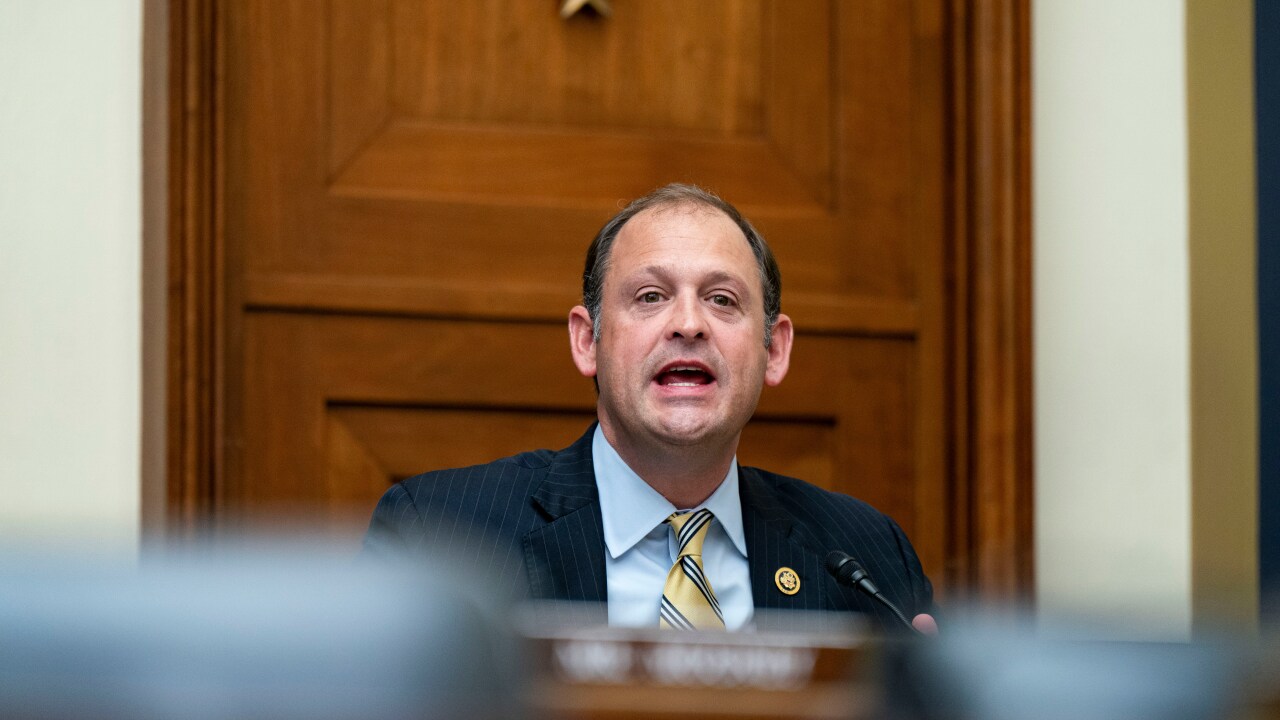
BRADENTON, Fla. - In Memphis, Tenn., and Atlanta, major airport-centered economic plans anticipate a lift from innovative and traditional financing.
Both cities plan to use the aerotropolis concept to drive new development, with key funding sources for strategic projects that include public-private partnerships, tax increment finance, and municipal bonds.
In Memphis, the city's 50-square-mile aerotropolis plan is nearing completion.
Click
At the heart of the plan is Memphis International Airport - the second-busiest in the world for cargo volume - where the surrounding region offers a port, nine federal highways and interstates, 15 state highways, and rail access.
Propelled largely by the FedEx headquarters and the firm's so-called SuperHub, Memphis saw 4.1 metric tons of cargo pass through last year, second only to Hong Kong at 4.2 metric tons.
"With the right investment we could easily surpass" Hong Kong, said Chad Bowman, aerotropolis project manager with the Memphis and Shelby County Division of Planning and Development. "We want to stimulate our economy, create more job opportunities, improve infrastructure, and develop our workforce."
A similar plan to increase local and global economic activity is being developed around the world's busiest airport, Hartsfield-Jackson Atlanta International.
The recently formed Atlanta Aerotropolis Alliance plans to focus on how to attract international corporations, logistics companies, and other firms that would benefit from being in close proximity to the airport. Members of the Alliance are business, chamber, and public partners, including the Atlanta Regional Commission.
"Hartsfield-Jackson is more than just the busiest airport in the world. It is an absolutely critical cog in metro Atlanta's economy," ARC Chairman Kerry Armstrong said when the Alliance was announced. "The region has a tremendous opportunity to attract glob al companies and increase the amount and the quality of development around our airport through the formation of this new Alliance."
Both cities consulted with the developer of the aerotropolis concept - John D. Kasarda, director of the Center for Air Commerce at the University of North Carolina's Kenan Institute of Private Enterprise at Chapel Hill.
Kasarda was in transit from Abu Dhabi, and not available to comment.
An aerotropolis is an urban form where aviation-oriented businesses are drawn to airport cities with transportation corridors radiating from them, according to Kasarda's website at www.aerotropolis.com.
Similar to a traditional metropolis consisting of a central city and rings of commuter-heavy suburbs, an aerotropolis is a broader concept that encompasses an airport, its transit corridors, clusters of businesses and residential development.
"The aerotropolis model brings together airport planning, urban and regional planning, and business-site planning to create a new urban form that is highly competitive, attractive, and sustainable," the website said.
That kind of multi-faceted planning has been under way the past three years in Memphis, which was funded through a $1.26 million grant from the U.S. Department of Housing and Urban Development, and supported by funds and in-kind services from the city and the Greater Memphis Chamber.
The aerotropolis strategic plan, to be completed in about a month, will provide a comprehensive look at local real estate, urban design and street structure, the alignment of transportation to get people to work more efficiently, and will identify land for projects that the city can do in partnership with the private sector, among others, according to Bowman.
The plan will also recommend mechanisms such as tax increment finance and P3s to fund projects.
"We're looking at innovative economic development tools, those that are underutilized in Memphis or not utilized in Memphis," Bowman said. "We also want to create an entity to work daily to ensure we can implement this plan."
Bowman said work with the chamber has already opened doors for productive meetings with businesses.
"This is literally a strategy," he said. "We've seen some early investment from the private sector already."
Driving the planning process is Memphis International, which occupies about 4,600 acres of land in Shelby County and is 13 miles southeast of downtown.
The airport has four runways equipped with precision instrument landing systems, and 79 gates. It had $461.5 million of bonds and notes outstanding as of June 30, 2013. The bonds are rated A by Fitch Ratings, A3 by Moody's Investors Service, and A-minus by Standard & Poor's.
According to airport officials, more metropolitan markets can be served overnight within 600 miles of Memphis than any other city in the central United States.
In addition to transportation, business and residential areas, the strategic planning effort also considers the city's popular attractions, including the National Basketball Association's Grizzlies, Elvis Presley's home Graceland, St. Jude Children's Research Center, the Stax Museum of American Soul Music, and the National Civil Rights Museum.
In Atlanta, the idea of focusing on the aerotropolis concept was developed the past several years by the Atlanta Regional Commission, a planning and intergovernmental coordination agency for Cherokee, Clayton, Cobb, DeKalb, Douglas, Fayette, Fulton, Gwinnett, Henry and Rockdale counties, as well as Atlanta.
The ARC created the Airport Area Task Force to discuss strategies to improve the region around the airport, including its perception, aesthetics, and economic development prospects.
The commission also co-sponsored Kasarda at the Georgia State University Distinguished Speaker series where he discussed Atlanta's potential to be a "tier one city" with the successful implementation of the aerotropolis concept.
The task force discussed various funding mechanisms such as tax allocation districts, which use tax increment finance, and community improvement districts, which levy taxes, fees and assessments that can be leveraged with bonds. The group also determined that the Atlanta Aerotropolis Alliance would be formed as an umbrella organization.
The Alliance, announced March 28, was created under Section 501(c)(6) of the Internal Revenue Code, which provides an exemption for business leagues, chambers, and other groups not organized for profit and whose earnings do not benefit any members.
In addition to determining the geographic boundaries of the region, the Alliance plans to leverage the airport to create new high-wage jobs and lure new companies like Porsche Cars North America, which decided to move closer to the airport in 2011.
"We chose the airport area for our new headquarters and our Porsche Experience Center because we believe in the future of the Hartsfield-Jackson area and its importance to the Atlanta region, and because it literally brings the world to our door every day," said Joe Folz, secretary and general counsel at Porsche, who is chairman of the Alliance.
"We have a tremendous opportunity to build upon the asset of having the world's busiest airport to pursue development of our own world-class aerotropolis," he said when the Alliance was announced. "I am pleased and honored to lead this effort."
Pedro Cherry, vice president of Community and Economic Development at Georgia Power is vice chairman of the Alliance, while Delta Air Lines general attorney Kali Beyah is secretary.
Board members represent businesses, area chambers, Clayton and Fulton counties, the cities of College Park, East Point and Hapeville, Invest Atlanta, the city's economic development agency, the airport and other groups.
Last year, state Rep. Valencia Stovall, D-Ellenwood, introduced a bill that would have created the Metropolitan Atlanta Aerotropolis Development Authority, a financing entity with the ability to issue revenue bonds and create a revolving fund. The bill passed the House but was not considered in the Senate.
Stovall could not be reached for comment to see if she planned to sponsor the bill again in the future.
Hartsfield-Jackson had $3.1 billion of outstanding debt backed by general airport revenue, passenger facility charges, subordinate revenues, and customer facility charges at the end of fiscal 2013. The airport's senior lien debt is rated Aa3 by Moody's, and A-plus by Fitch and S&P.





